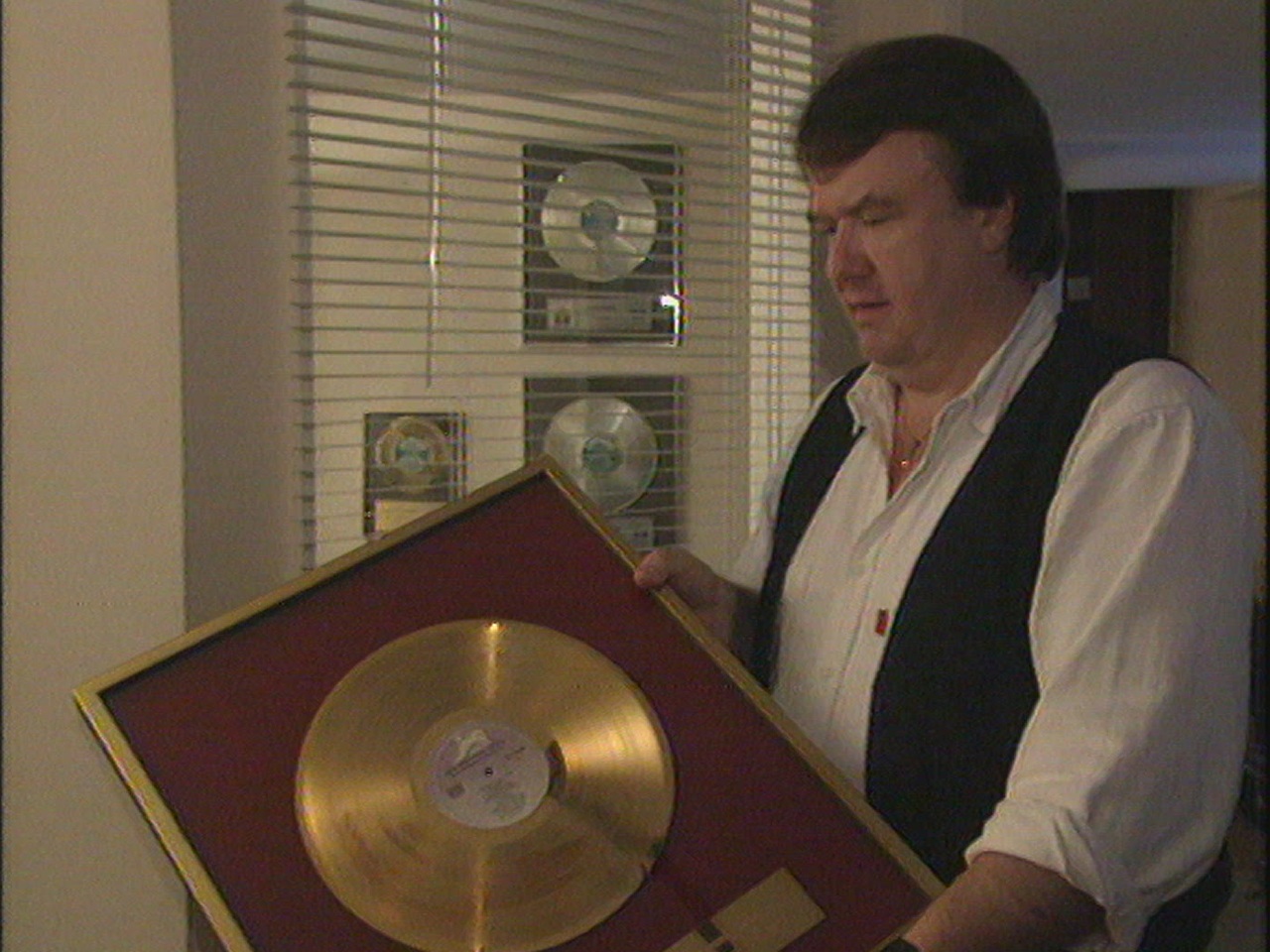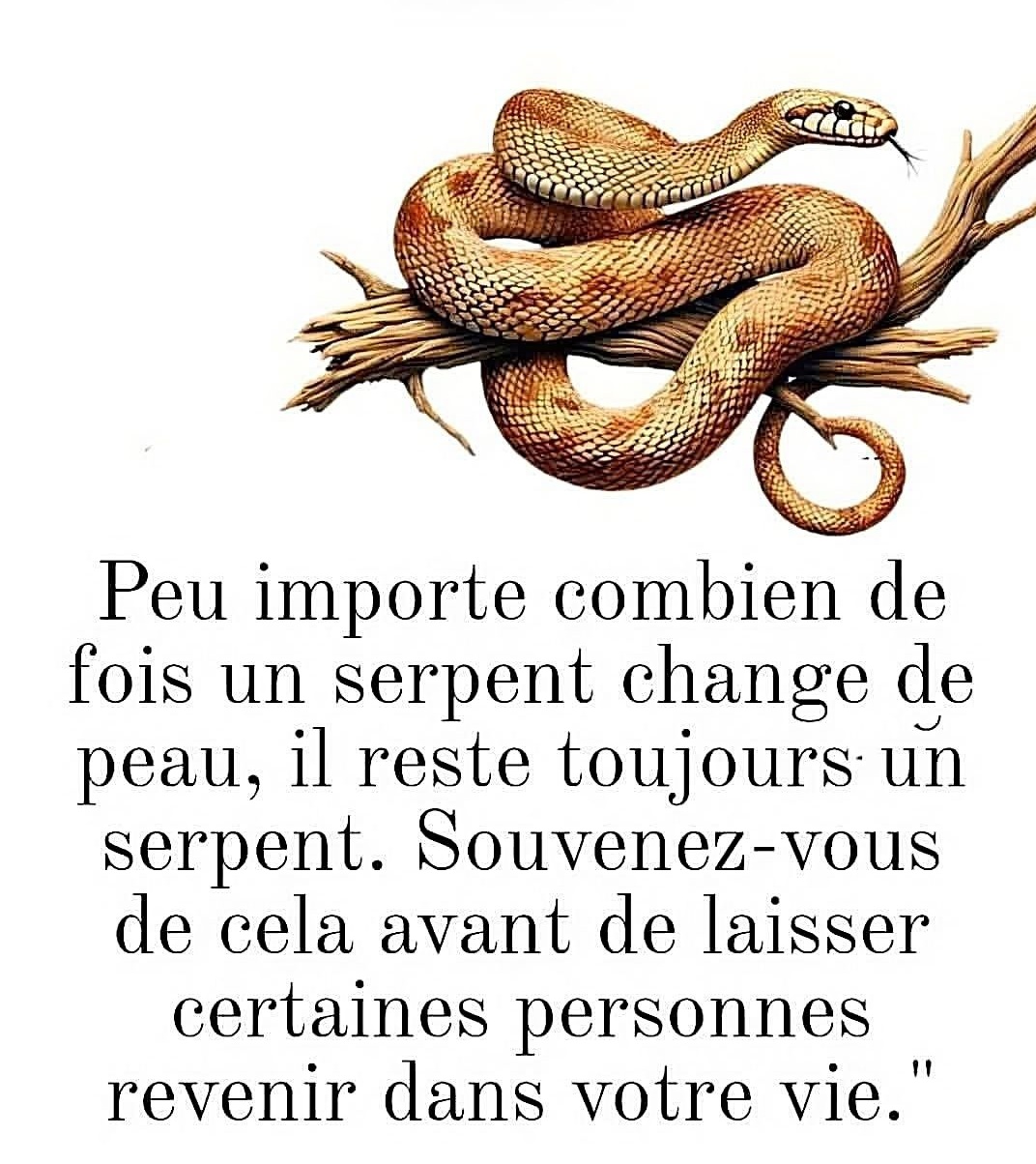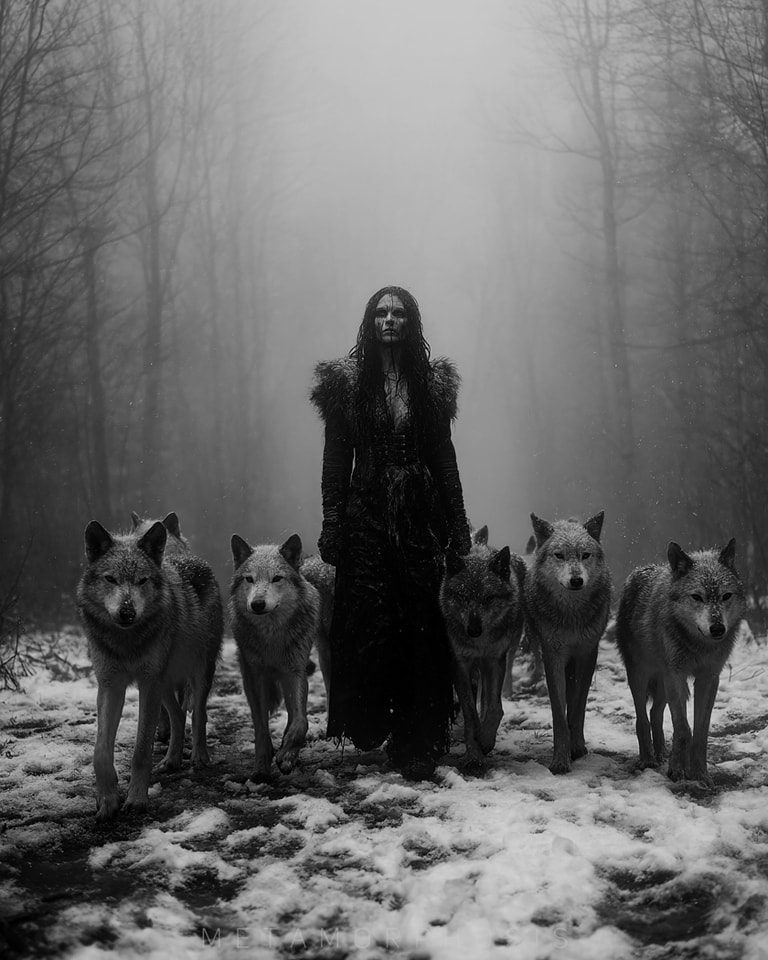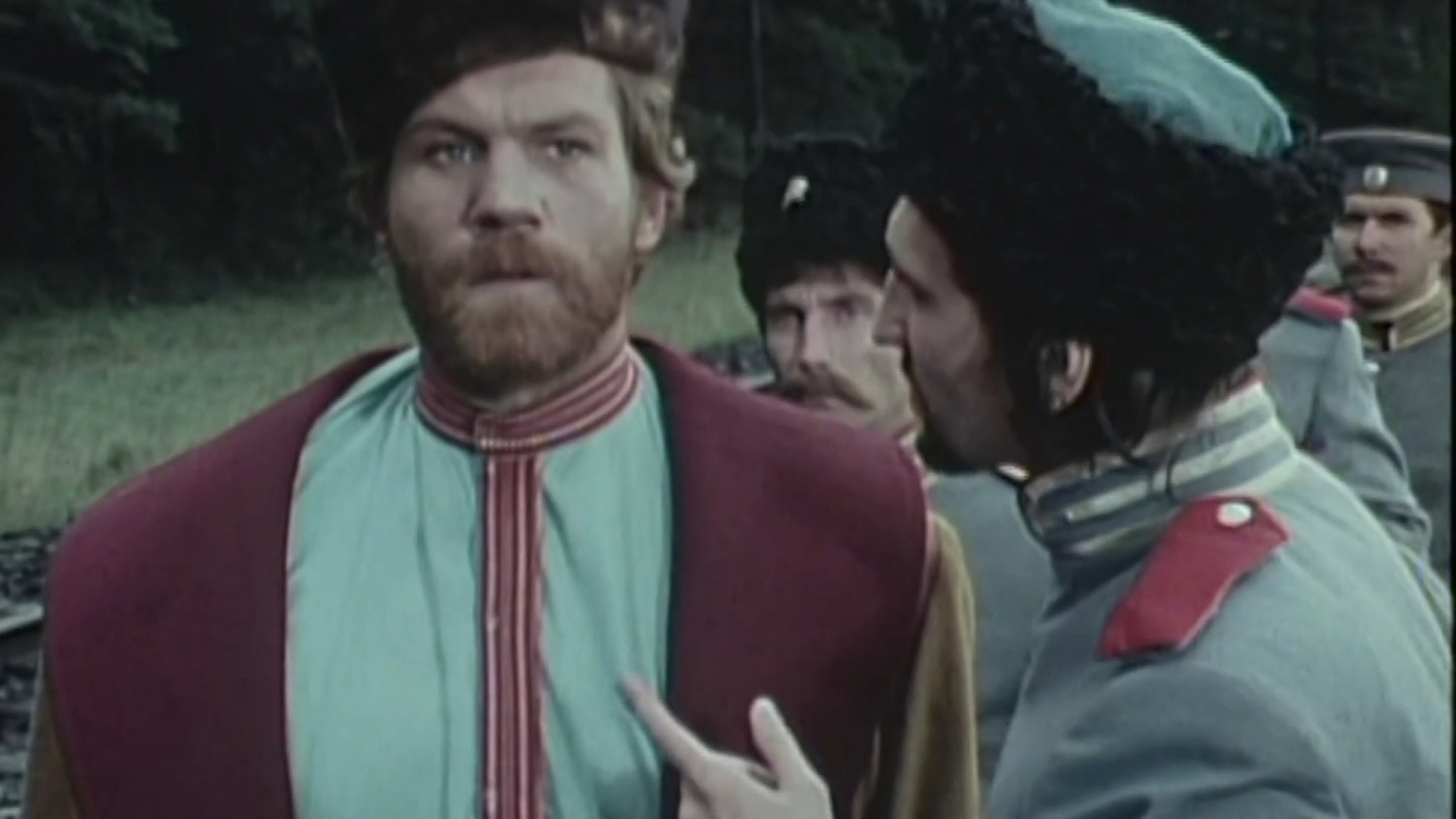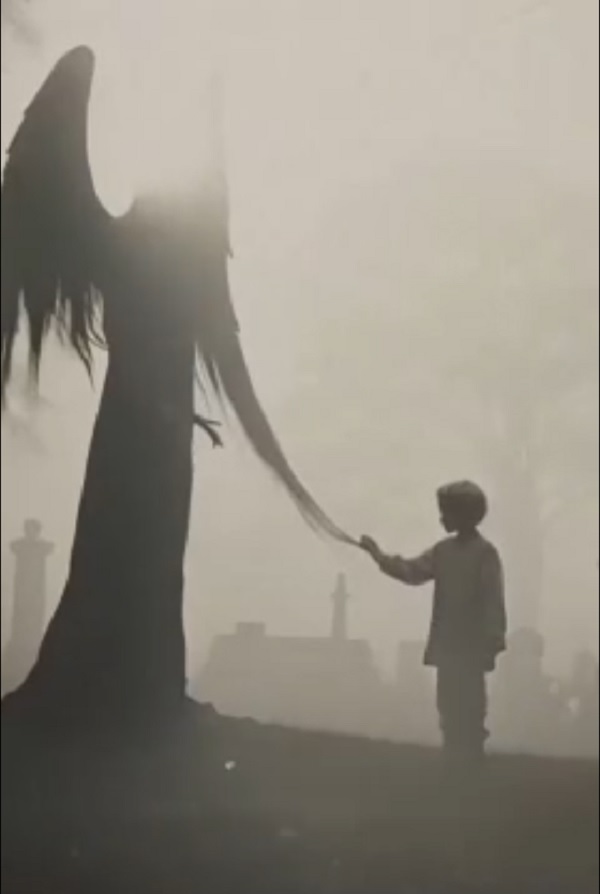Alain Morisod
« Concerto pour un été »
« J’ai vendu 20 millions de disques et ce sont deux petits disques dans le dos qui me gênent… » 🇨🇭Rencontre avec Alain Morisod : une star de la musique populaire et des shows télé décidément « super sympa ».
Sous le pseudonyme d’Alain Patrick, le jeune pianiste et compositeur suisse de 22 ans a réussi un succès international avec ce premier disque. Solo de trompette de Raoul Schmassmann, Eric Wespi à la batterie, Jean-Jacques Egli à la basse et Alain Morisod, la formation joue au complet dans Courrier Romand, le 29 juin 1971.
![]()
![]()
![]()
![]()
![]()
![]()
Alain Morisod
« Concerto pour un été »
« I’ve sold 20 million records and it’s two little records on my back that bother me… » 🇨🇭Meeting with Alain Morisod: a definitely « super nice » star of popular music and TV shows.
Under the pseudonym Alain Patrick, the 22-year-old Swiss pianist and composer achieved international success with this first album. Featuring a trumpet solo by Raoul Schmassmann, Eric Wespi on drums, Jean-Jacques Egli on bass, and Alain Morisod, the full ensemble played in Courrier Romand on June 29, 1971.
![]()
![]()
![]()
![]()
![]()
![]()
Alain Morisod
« Concerto pour un été »
„Am vândut 20 de milioane de discuri și sunt două discuri mici pe care le am în spate care mă deranjează… 🇨🇭” Întâlnire cu Alain Morisod: o vedetă a muzicii populare și a emisiunilor TV care este categoric „super drăguț”.
Sub pseudonimul Alain Patrick, pianistul și compozitorul elvețian în vârstă de 22 de ani a obținut succes internațional cu acest prim album. Cu un solo de trompetă de Raoul Schmassmann, Eric Wespi la tobe, Jean-Jacques Egli la bas și Alain Morisod, întregul ansamblu a cântat la Courrier Romand pe 29 iunie 1971.
Alain Morisod et Raoul Schmassmann – Concerto pour un été (1971)
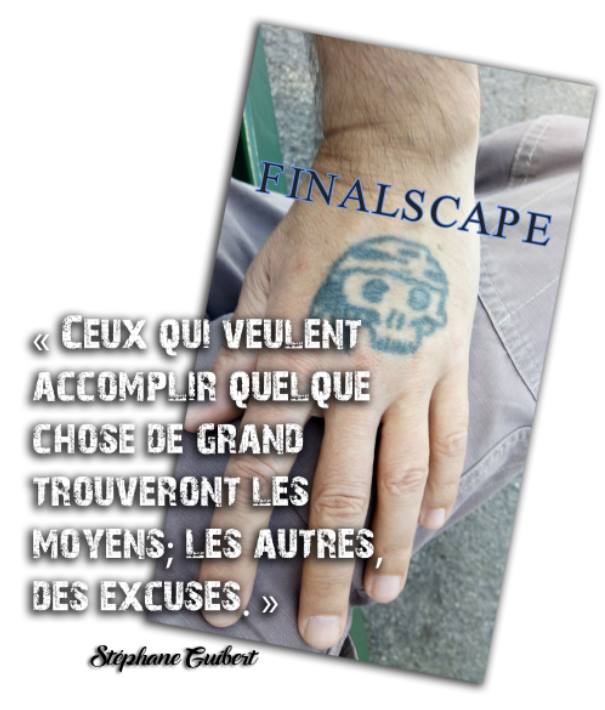
Stéphane Guibert (Facebook) / Stéphane Guibert (VK) / CrowdBunker
![]()
